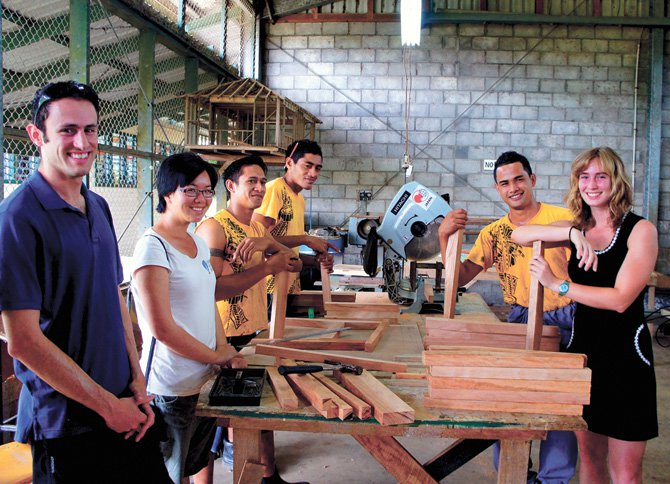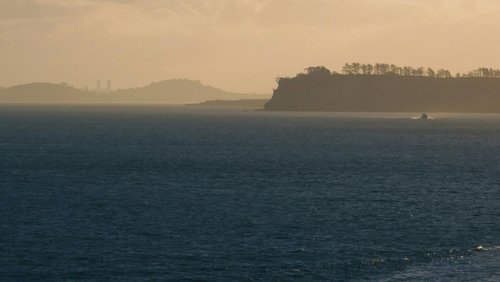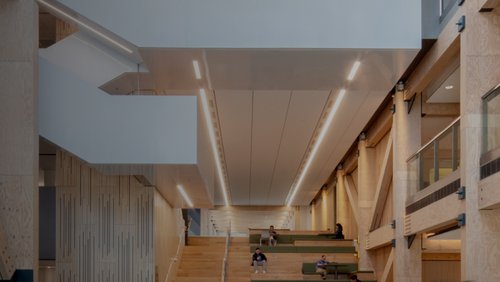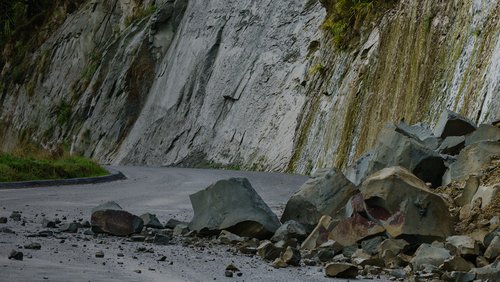4 Mar 2019
Engineers are in a great position to make a real difference in disadvantaged communities but the challenge can be figuring out what’s needed where – and how to get involved.
When water engineer Sifa Pole MEngNZ volunteered to help repair Tonga after Cyclone Gita, he didn’t expect to be handed a hammer.
But this exposed him to one of the truths of humanitarian engineering – you are only as useful as you make yourself.
“It’s not like a day-to-day job where you are given a task list or a contract. They don’t have this structure. You have to figure out what you will be doing, where you can apply yourself and what you are needed for,” Sifa says.
“I’m decent with a hammer but not that good.”
Finding a way to help means finding out what the people you are helping are trying to achieve. And for the first week of his four-week visit, that meant repairing roofs, hammer in hand.
Cyclone Gita in early 2018 was the most intense cyclone recorded in Tonga. For many in the kingdom, it was a tragedy. Two people were killed, 41 injured, 171 homes destroyed and more than 1,000 damaged – among a population of just over 100,000, spread across 36 inhabited islands.
Solving water issues
Sifa is a water engineer whose day job is Operations Controller – Wastewater Transmission for Watercare Services in Auckland. He is a Tongan by heritage and the President of South Pacific Engineers for Excellence, a collegial group that works for the advancement of Māori and Pacific people and increasing the awareness of indigenous technology in the engineering profession. His stint in Tonga was in association with Habitat for Humanity and Caritas (an international Catholic mission).
In his second week, he travelled with the Caritas Tonga director and learned about the projects that the group was undertaking. Visiting the small town of Popua on the main Tongatapu island, he found a group of houses that had water issues. The grey water and sanitation problems meant it was a situation in which his engineering expertise could prove more valuable than his strong arm.
You have to figure out what you will be doing, where you can apply yourself and what you are needed for.

Installing new roof beams for additional support in Ha’ateiho, Tonga. Photos: Sifa Pole
Sifa spent some time scoping the problem, researching solutions online and planning for ways to mitigate the issue of grey-water soakage pits failing to drain quickly and becoming potential sources of mosquitos and disease.
It was challenging as the houses were near the sea, there were limited resources and the water table was high. It also turned out there was a capacity factor.
“One household was a centre where people would come for a shower,” he says.
Sifa researched affordable solutions and recommended a “simple filtration system” where the inhabitants could repurpose effluent for irrigation.
A strange kind of homecoming
Sifa is a Tongan by way of Otahuhu. When he got the chance to go back after Cyclone Gita, he jumped at it.
His wife was the catalyst – she is a trainee doctor and was heading to the islands on an internship. He decided to accompany her.
“I thought I could have a holiday, or do something meaningful. We still managed to sneak off to one of the outer islands for a few days.”
The experience left him converted to volunteering and the couple are now talking about making it a regular part of their lives.
“That’s the plan. I said to my wife just the other week that we should make this a three-yearly thing.”
A humanitarian in all of us
For Sifa, making connections and raising his awareness of the situation in Tonga – and where he could help out – was eye-opening. He recommends engineers make the time to volunteer, where they can.
“It is worthwhile just being in countries that are not doing as well as New Zealand and being grateful for what we have got. But being able to give back to Tonga was such an awesome experience.”
His advice for those interested in volunteering is to make contact with a professional support group.
“Have a look and see where you can best apply yourself. There’s a humanitarian in all of us. The trouble is in making the connection and finding a group to give back to.”

EWBNZ members with students from a technical training school in Samoa. Photo: EWBNZ
Making connections
One place to make connections in the volunteer world is Engineers Without Borders NZ (EWBNZ). Chief Executive Dane Hart MEngNZ says the group works on the premise that engineers are a force for good.
“Engineers design buildings that don’t fall down in earthquakes, engineers design water supplies that don’t get contaminated,” Dane says.
“But access to that knowledge is not available equally around the world and EWBNZ seeks to address this imbalance.”
EWBNZ focuses primarily on the Pacific.
“One of the things we do is take engineers from New Zealand and pair them with local engineers in the Pacific to build up their capacity.”
EWBNZ connects New Zealand engineers into communities and helps the Kiwis prepare for the cultural differences they will encounter.
“One of the challenges is learning to work effectively in an unfamiliar environment. Engineers in New Zealand understand our social context to some extent. When you are in a different country, that social and cultural context changes. You cannot do technical work in a vacuum.
“We spend quite a bit of time teaching the concepts of human-centred design to our volunteers and the importance of understanding the social/community context.”
The organisation also runs a range of programmes including a school outreach to raise awareness of humanitarian engineering, and Pathways to Development workshops to teach engineers about other ways to work sustainably in developing communities.
Dane says one of its most important partnerships is with Volunteer Service Abroad (VSA – see sidebar “Improving water security”).
“We are really proud of this partnership. We supply the technical skills – and they have a lot of relationships in the Pacific. It’s a good match.”
Sustainable approach
Making sustainable improvements is not as simple as it may seem, he says. And this makes the community relationships held by VSA very important to the success of EWBNZ’s work.
“Engineers working in developing communities often tend to think that you can make something or build something without involving the end user… but you will achieve better outcomes if you work with the community as equal partners.
EWBNZ has around 500 members but Dane notes “we do tend to be the younger generations”.
“What I’m aiming to do is start to engage the experience of more senior engineers too.”





